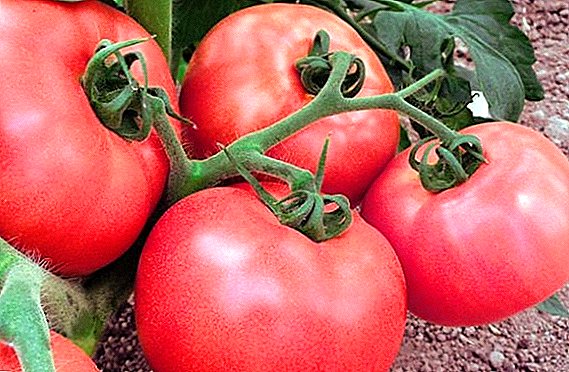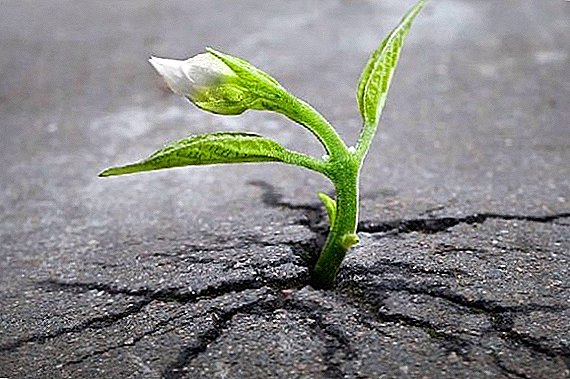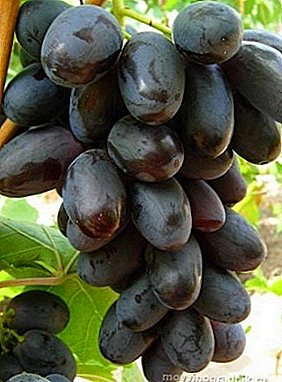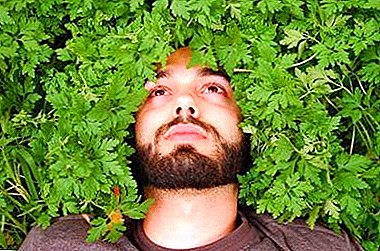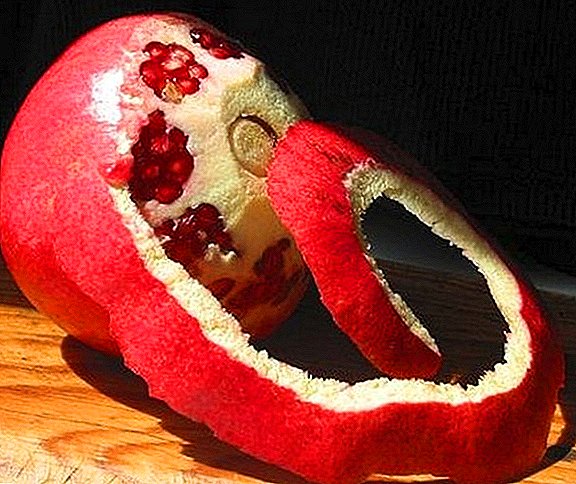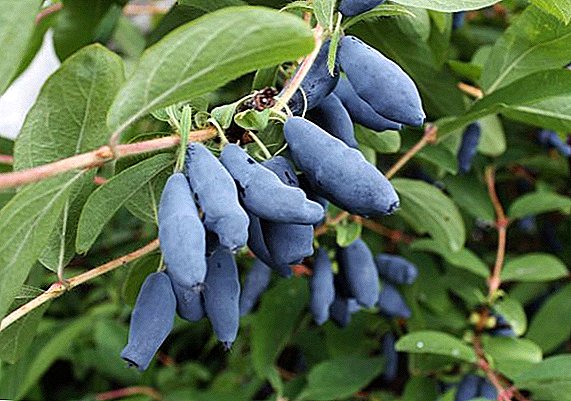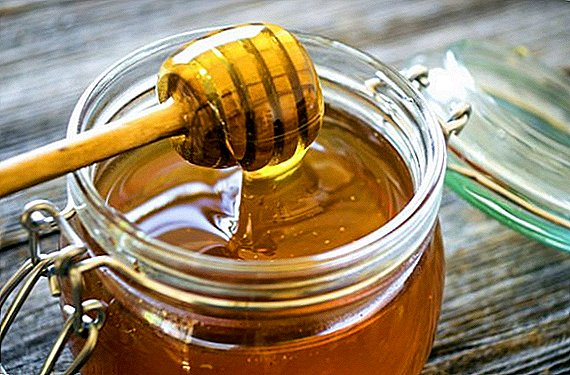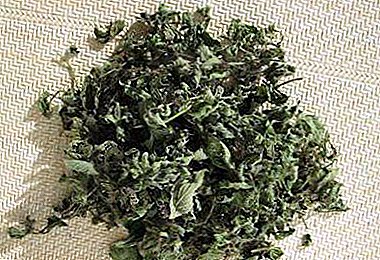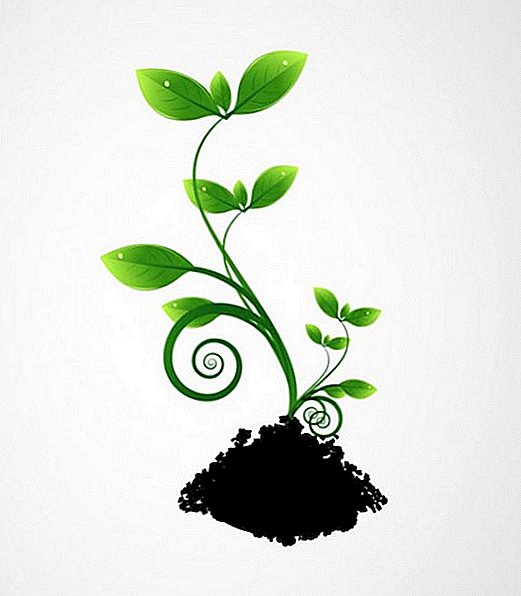 Spectacular appearance and variety of varieties attract gardeners and ordinary flower lovers to purchase, plant and cultivate ornamental plants. Their multifaceted characteristics are great for decorating gardens, flower beds or city balconies and windows. A wide choice of varieties and their successful combination will allow to decorate and make attractive any area, and possession of information in this area will make it possible not to get lost at the time of purchase.
Spectacular appearance and variety of varieties attract gardeners and ordinary flower lovers to purchase, plant and cultivate ornamental plants. Their multifaceted characteristics are great for decorating gardens, flower beds or city balconies and windows. A wide choice of varieties and their successful combination will allow to decorate and make attractive any area, and possession of information in this area will make it possible not to get lost at the time of purchase.
What is ornamental plants
Ornamental plants are grown to fulfill their main function - decoration.
Depending on growing conditions, ornamental plants are divided into the following types:
- garden;
- room;
- aquarium.
Important! All aquarium plants at low illumination of the aquarium stop their growth.
If about garden and indoor plants it goes on, then the aquarium view deserves special attention.
Aquarium plants - this is aquatic vegetation, designed to maintain biological balance in the aquarium. There are three types of aquarium vegetation:
- rooting in the ground - Indian fern, mikrantemum few-flowered, hemianthus pygmy, pogostemon helfer, valisneria, limnophila, etc .;
- floating in the water column - Javanese moss, monosolenium moss, egagropila, etc .;
- floating on the surface of the water - small duckweed, pistija, riccia floating, azolla, limnobium stalker.
Indian fern, in addition to the initial correct landing, does not require any care from the person. It has decorative dissected leaves of juicy green color and perfectly adjoins with other plants.  Java moss is a fast-growing plant, therefore, requires only periodic cutting. Decorative and looks great in any neighborhood, is a reliable place for fish eggs.
Java moss is a fast-growing plant, therefore, requires only periodic cutting. Decorative and looks great in any neighborhood, is a reliable place for fish eggs.  Small duck does not require special care, except for thinning, and, floating on the surface, shading the sunlight entering the aquarium. In addition to decorating the surface, it is also part of the diet of some fish.
Small duck does not require special care, except for thinning, and, floating on the surface, shading the sunlight entering the aquarium. In addition to decorating the surface, it is also part of the diet of some fish. 
How to choose plants: general recommendations
When planning the acquisition of ornamental plants, it is important to decide in advance on the desired qualities:
- what conditions of growth: in a bed, in a garden or in the conditions of an apartment;
- what are the requirements in lighting: light-loving, shade-tolerant or half-shade-tolerant;
- which growing season is preferred: annual or perennial;
- what type of decoration: tree, shrub or flowers;
- what size is expected in the future: short, medium tall, tall;
- what is planned care: unpretentious or requiring special care;
- What is the allowable price when buying.
Important! A large number of species of ornamental plants are poisonous. Substances contained in their juice - saponins, glycosides and rafids can cause burns, allergic reactions if they hit the skin, and if they hit the mucous membranes they cause poisoning.
Depending on the definition of these criteria, further selection should be made.
Key representatives for the garden
The basic part of the garden, giving rise to future landscaping, are trees and shrubs, which, in turn, can be divided into coniferous and deciduous, as well as climbing and flowering ornamental plants. 
Trees
All trees of the decorative type can be divided into conifers and leafy.
Coniferous trees with their evergreen and permanent forms are the salvation of the garden in the offseason. Vivid representatives of coniferous and ornamental trees are fir, thuja and cupresscarpis.
Fir - perennial decorative evergreen tree, having a regular conical shape with a rounded tip. The needles are flat in their form, dark green fir needles with a milk strip at the bottom. It has a large varietal distribution and gray-green or blue-green shade of needles.
Did you know? A feature of the fir are purple cones with the top direction of growth.
Thuja - perennial compact evergreen tree of the pyramidal form. Coniferous needles sustainable green color. Large volumes reaches only as they grow.  Kupressciparis - perennial ornamental evergreen tree of kolonovidny form. It has branches of the upper direction of growth with small scaly leaves. The tree is fast growing and can reach 20 meters in height.
Kupressciparis - perennial ornamental evergreen tree of kolonovidny form. It has branches of the upper direction of growth with small scaly leaves. The tree is fast growing and can reach 20 meters in height.  The perennial conifers of the ornamental species also include common in our latitudes. spruce and pine tree.
The perennial conifers of the ornamental species also include common in our latitudes. spruce and pine tree.
We advise you to familiarize yourself with the features of spruce conic, as well as Serbian, blue and barbed spruce.
Among deciduous ornamental trees are considered the most popular:
- maple canadian - tall deciduous tree with a dark cherry color foliage. It is frost-resistant, prefers light and half-shade, when landing it does not like the darkened north side;

- fine-leaved elm - tall tree with openwork edging. It has a thick crown. The peculiarity is the presence of fruits after flowering - an oval lionfish up to 1 cm in size;

- purple japanese - small tree with ovoid crown. The leaves are heart-shaped with contrasting veins. A special feature is the change in color of the foliage throughout the year from pink to blue-green. Does not differ in high frost resistance and does not suffer solar sites.
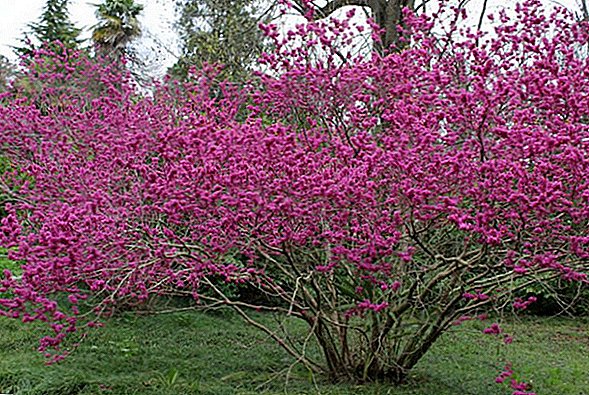
Important! With a prolonged lack of moisture, the crimson Japanese is prone to dropping foliage.
To other decorative deciduous trees can be attributed to all known birch, alder, chestnut and others.
Shrubs
Ornamental shrubs - the widest group of perennial plants, having a variety of shapes and sizes. Most of the group is represented by deciduous plants, but there is also a wide variety of coniferous evergreens.
The most popular coniferous evergreen shrubs are:
- juniper - perennial shrub with many varieties. Needle needles, frequent, oval-shaped, also has scaly leaves. The color of the needles is green, but during the cold season it acquires a brown tint. Juniper fruits are blue-green cones. The shrub has a slow development;

Check out these types of juniper, such as: Cossack, Chinese, kolonovidny, horizontal and virgin.
- yew - perennial coniferous plant of a decorative species, which has many varieties. Most shrubs are small yew.
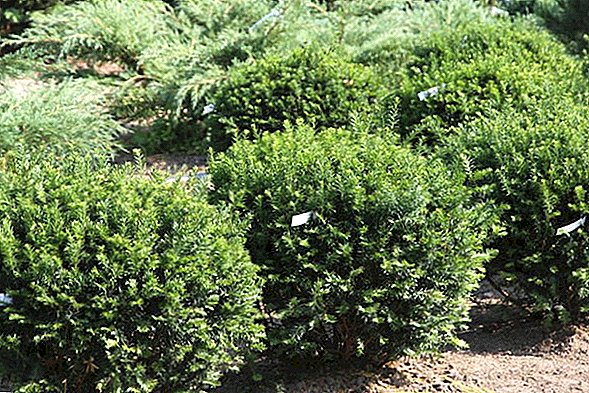 The krone is very dense, alternate needles, medium hardness, green. Fruits are red-colored cones;
The krone is very dense, alternate needles, medium hardness, green. Fruits are red-colored cones;
- cypress - artificially bred perennial plant with various decorative qualities. Cypress bush has a slow growth and does not reach a height of 1 meter. The needles are dense, scaly, green with blue or yellow shades. Cones are small with a small number of seeds.
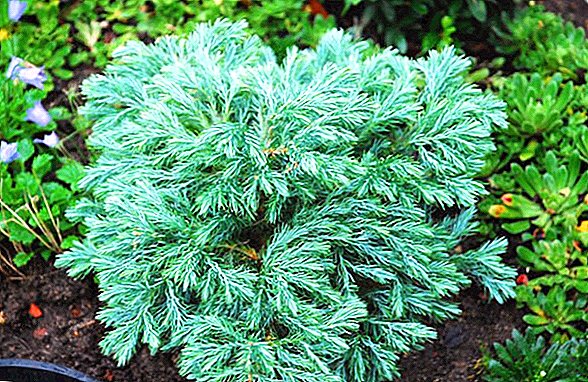 A special feature of cypress is the purple-violet color of the needles during the period of autumn leaf fall.
A special feature of cypress is the purple-violet color of the needles during the period of autumn leaf fall.
Among the evergreen conifer perennials there are other popular shrubs, such as spruce, pine, cypress, microbiota.
Common perennial deciduous shrubs are:
- Thunberg barberry - large shrub with a rich purple color of leaves, the color of which, depending on the season, is replaced by a bright copper-red. The branches grow arcuate, drooping as they grow. Prefers light and partial shade, frost-resistant;

- dören white - medium sized shrub. The shoots are saturated red, the leaves are light green with a distinct white edging, which in the autumn season acquires a pink tint. It prefers shady areas, it is acceptable to use trimming to form a crown;

- rowan rybinolistny - low shrub with long openwork leaves.
 The shoots and leaves have a different color of green, yellow, orange and purple. It is characterized by frost resistance and minimal susceptibility to pests and diseases.
The shoots and leaves have a different color of green, yellow, orange and purple. It is characterized by frost resistance and minimal susceptibility to pests and diseases.
Did you know? The bark, twigs and leaves of a mountain ash have a healing properties and are widely used in traditional medicine recipes.
The ornamental nature of the shrubs consists in particular of the structure of the bush or the color of the leaves, and among these are also known spiraea, califolia, black elderberry, Forchun's euonymus, flowering weigela, etc.
Curly decorative
An indispensable element of the design of the garden are climbing plants. They are able not only to improve the territory, but also to hide the shortcomings of the fence, gazebos, walls and other vertical structures.
All climbing plants have a decorative appearance, but some of them stand out against the general background:
- clematis - a perennial liana with an original form of leaves and flowers of a various palette, in full growth reaches 9 meters. It thrives well on lighted areas; it is unpretentious in care;
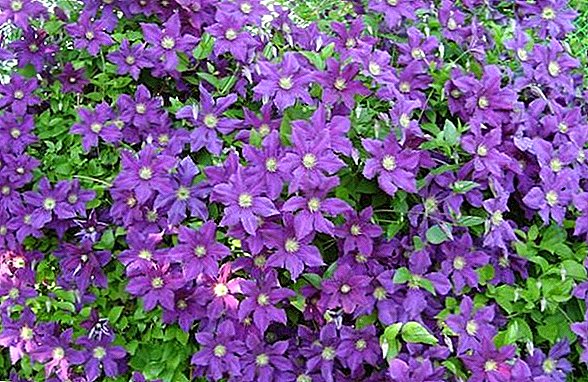
- tunbergia winged - one-year liana with rapid development and original heart-shaped leaves, covered with hard pubescence. Peduncles frequent, rich yellow color with dark brown eyes. In the care of unpretentious and for the growth does not require special conditions;
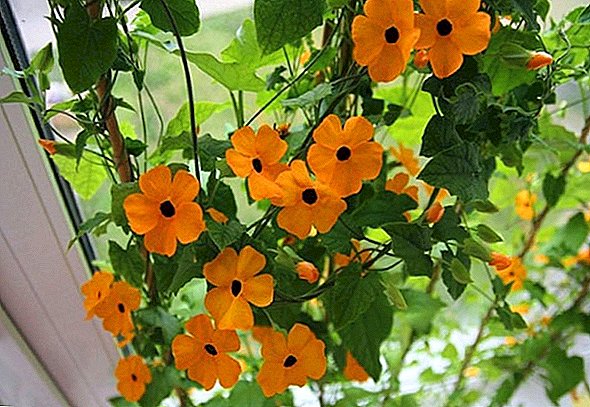
- Kampsis grandiflora - perennial liana with bright green leaves and bright orange flowers bell-shaped.
 In the care in general, unpretentious, but for the winter period requires additional shelter.
In the care in general, unpretentious, but for the winter period requires additional shelter.
Important! Kampsis big-flowered does not tolerate waterlogging and drought, and therefore requires close attention to the degree of soil moisture and its moderate irrigation.
Also often found in the design of gardens are wisteria, ipomoea purpurea, nasturtium, hydrangea, actinidia, ivy, hops, and many others.
Garden flowers
Flowers are able to decorate even the most uncomplicated landscape in the All-Summer-Autumn season. But this result will result in a thoughtful and correct selection of varieties.
Depending on the expected growing season, garden flowers may be annuals or perennial.
One-year garden representatives are:
- crocus - bulbous plant with early flowering period (March-April). It is frost-resistant, it is not exacting in leaving, it likes to grow on light or semi-shaded areas;

- brahikome - a flower with a summer period of flowering. Inflorescences of various colors, in appearance resembling daisies. Unpretentious, drought-resistant. Grown seed method;

- laureate - a plant with bell-shaped peduncles blooming in the summer-autumn period.
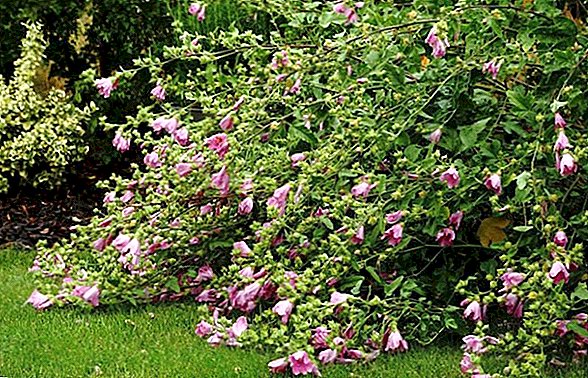 Propagated by seed, unpretentious care and resistant to frequent changes in weather conditions.
Propagated by seed, unpretentious care and resistant to frequent changes in weather conditions.
Often, well-known annuals such as petunia, nasturtium, bindweed, cornflowers, marigolds, etc. are also planted in garden plots.
Flowering perennials with seed-type reproduction are:
- Daisy - fast-growing plant with spatulate leaves and rosette flowering of various colors. The flowering period falls on the spring-summer season.
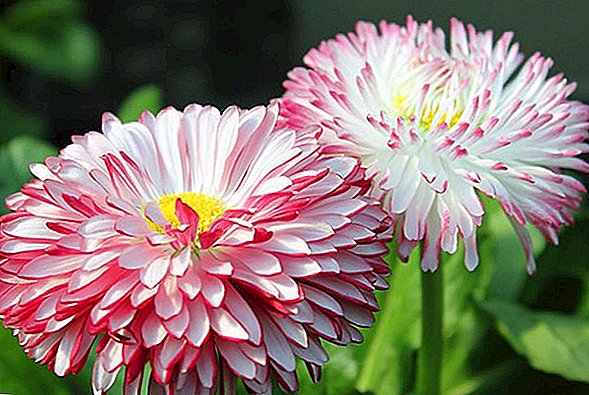 Does not require special care and loves to grow in both sunny and shaded areas;
Does not require special care and loves to grow in both sunny and shaded areas;Important! Young leaves and buds of daisies can be used as spices in the preparation of various dishes in cooking.
- phlox - fast-growing herb with a spring-summer flowering period, varieties have a varied color palette. Flowers tubular form, collected in flower stalks. Loves well lit space or partial shade;

- hydrangea - shrub with large leaves and abundant flowering, a variety of varieties expressed in inflorescences of various shapes and colors.
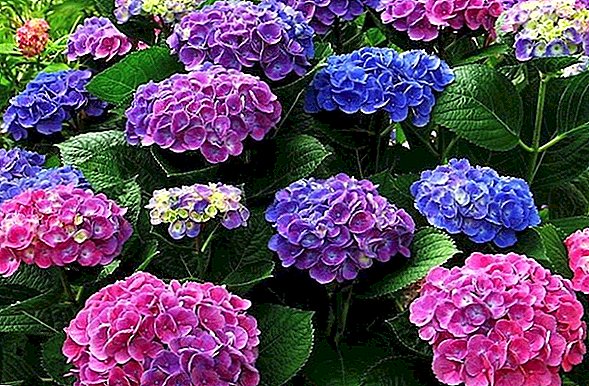 All spring and autumn season blooms continuously, it is unpretentious and resistant to short-term droughts.
All spring and autumn season blooms continuously, it is unpretentious and resistant to short-term droughts.
Known perennial flowers also include chamomile, peony, rose, bell, iris, etc.
Proper selection will help complement the garden's color palette and make the landscape unique during the warm months of the year.
Room decorative
Effectively decorate the room and create a comfort called indoor plants. You can divide them into these types:
- decorative leafy;
- decorative flowering
Did you know? According to the ancient Chinese teachings, feng shui indoor flowers with sharp and hard leaves bring negative energy to the house.
Decorative leafy
Indoor decorative leafy flowers are a group of plants, mostly not flowering, but valued for the decorative appearance of leaves. The most popular deserved:
- myrtle - herb with frequent and small lanceolate leaves saturated green. Does not require special care and is appreciated for a pleasant fragrant aroma;

- maranth - a flower with large dark green spotted leaves located opposite in pairs. It is also not demanding in the care and appreciated for a nice looking colors;

- variegated codiam - A plant with red and yellow leaves and contrasting bright streaks. In the care requires a large amount of light and moisture, from the lack of which can shed leaves.
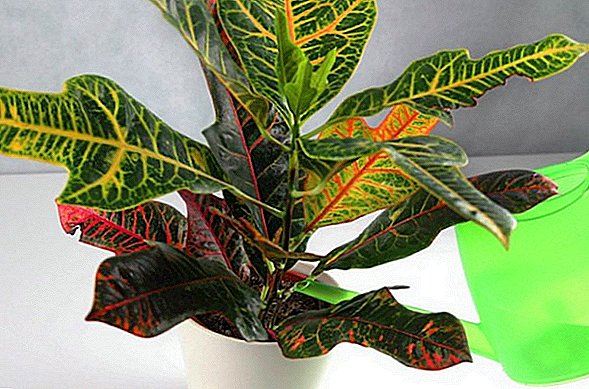
Did you know? Yew - a long-lived plant, its growing season can reach 3,000 years.
Decorative flowering
All indoor plants flowering type have a different type of decoration. It can be upright, shrub, tree or ampelous plants.
- A bright representative of upright growing pot plants is anthurium. Their unusual shape leaves and flowers, as well as a variety of colors make an exotic touch in the conditions of the apartment. The flower is thermophilic, and therefore somewhat capricious in the care.
- Balsam refers to the shrub type and is unpretentious flower with a long flowering period. Abundant flowering, color is characterized by a variety of colors. Despite its small size, balsam leaves can reach a length of 0.5 meters. The plant loves moisture.
- A tree of decorative flowering is hibiscus. Hibiscus blooms permanently, the flowers are very delicate and thin like paper. The leaves are glossy and corrugated, which confirms their decorative effect. The peculiarity of flowers are blooming just one day, after which they fade and die.
- Representative ampel is lobelia. Decorative falling shoots require planting in hanging pots, which is especially impressive for urban balconies and loggias. It has abundant flowering of various colors and does not require constant care. Flowering occurs permanently.


Read about 10-ke of useful indoor plants.


Did you know? A feature of the balsam is its ability to “shoot” the seeds even with a light touch to the fruit.
A brief review of the plants described is only a small part of the representatives of the ornamental species. Among the variety of ornamental plants is difficult not to get confused. Before you make your choice, it is important to decide in advance on the type of plant and what purpose you are pursuing when you design your garden plot or apartment.






 The krone is very dense, alternate needles, medium hardness, green. Fruits are red-colored cones;
The krone is very dense, alternate needles, medium hardness, green. Fruits are red-colored cones; A special feature of cypress is the purple-violet color of the needles during the period of autumn leaf fall.
A special feature of cypress is the purple-violet color of the needles during the period of autumn leaf fall.

 The shoots and leaves have a different color of green, yellow, orange and purple. It is characterized by frost resistance and minimal susceptibility to pests and diseases.
The shoots and leaves have a different color of green, yellow, orange and purple. It is characterized by frost resistance and minimal susceptibility to pests and diseases.

 In the care in general, unpretentious, but for the winter period requires additional shelter.
In the care in general, unpretentious, but for the winter period requires additional shelter.

 Propagated by seed, unpretentious care and resistant to frequent changes in weather conditions.
Propagated by seed, unpretentious care and resistant to frequent changes in weather conditions. Does not require special care and loves to grow in both sunny and shaded areas;
Does not require special care and loves to grow in both sunny and shaded areas;
 All spring and autumn season blooms continuously, it is unpretentious and resistant to short-term droughts.
All spring and autumn season blooms continuously, it is unpretentious and resistant to short-term droughts.



